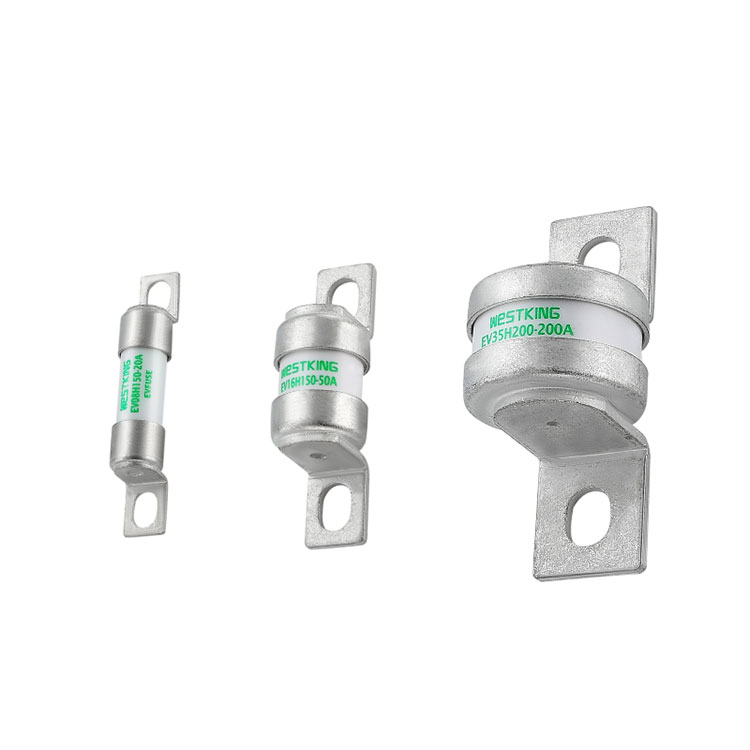Why Are Type H Road Vehicle Fuse-links Essential for Modern Automotive Safety?
2024-12-21
When it comes to the electrical systems in road vehicles, fuse-links play a vital role in ensuring both functionality and safety. Among the many types available, Type H road vehicle fuse-links stand out for their reliability and efficiency. But what makes them so essential in today’s vehicles? Let’s explore their significance, features, and benefits.
1. What Are Type H Fuse-links?
Type H fuse-links are specialized fuses designed for use in road vehicles, particularly in high-performance or heavy-duty applications. They are crafted to protect the electrical circuits of vehicles from overcurrent situations, such as short circuits or electrical overloads, which could otherwise lead to serious damage or hazards.
2. How Do They Ensure Automotive Safety?
Fuse-links act as a critical safety mechanism, interrupting the flow of electricity when current exceeds a safe level. Here’s how Type H fuse-links contribute:
- Prevention of Fire Hazards: By disconnecting the circuit during electrical faults, they reduce the risk of overheating, which can lead to fires.
- Protection of Electrical Components: They safeguard expensive and sensitive vehicle electronics, such as control units, sensors, and infotainment systems.
- Enhanced Reliability: Their precise design ensures consistent performance, even under demanding conditions.
3. What Makes Type H Fuse-links Stand Out?
Type H fuse-links are specifically engineered for road vehicles and offer unique advantages:
- High Current Capacity: They can handle higher currents, making them suitable for modern vehicles with extensive electrical systems.
- Compact Design: Despite their robust functionality, they are compact enough to fit into tight spaces within vehicle fuse boxes.
- Durable Materials: Built to withstand extreme temperatures and vibrations, they are ideal for the challenging environments that vehicles encounter.
- Ease of Replacement: Their standardized design allows for quick and hassle-free replacement when needed.
4. Why Are They Crucial for Modern Vehicles?
With the growing complexity of vehicle electronics—such as advanced driver-assistance systems (ADAS), electric drivetrains, and sophisticated infotainment setups—the demand for reliable fuse-links has never been higher. Type H fuse-links cater to these needs by offering superior protection for high-current circuits, ensuring smooth and safe operation of modern vehicles.
5. How to Choose the Right Type H Fuse-links?
Selecting the appropriate fuse-link depends on factors such as:
- Current Rating: Ensure it matches the requirements of the circuit to prevent unnecessary tripping or insufficient protection.
- Voltage Compatibility: Verify that the fuse-link supports the vehicle’s electrical system voltage.
- Environmental Factors: Consider the operating temperature range and vibration resistance for your vehicle’s usage.
6. The Role of Fuse-links in Electric Vehicles (EVs)
Type H fuse-links are increasingly important in electric and hybrid vehicles, where they protect high-voltage circuits and battery management systems. Their ability to handle rapid current changes and high voltages makes them indispensable in this evolving automotive segment.
Final Thoughts
Type H road vehicle fuse-links may be small, but their impact on vehicle safety and performance is immense. Whether you’re driving a traditional internal combustion engine vehicle or a cutting-edge electric car, these fuse-links play a silent yet crucial role in keeping you safe on the road. So, the next time you think about automotive safety, remember: it’s not just about airbags and brakes—fuse-links deserve their moment in the spotlight too.



